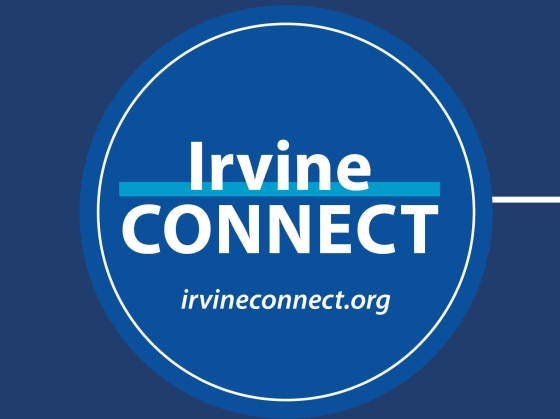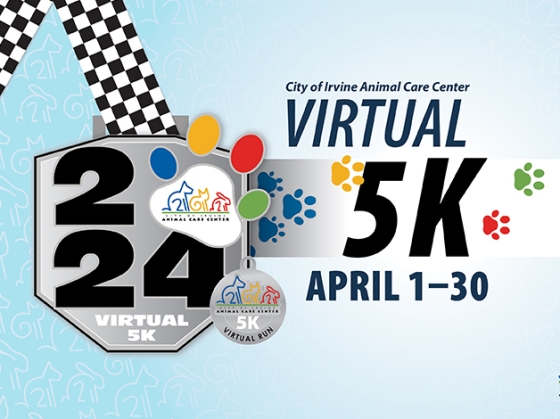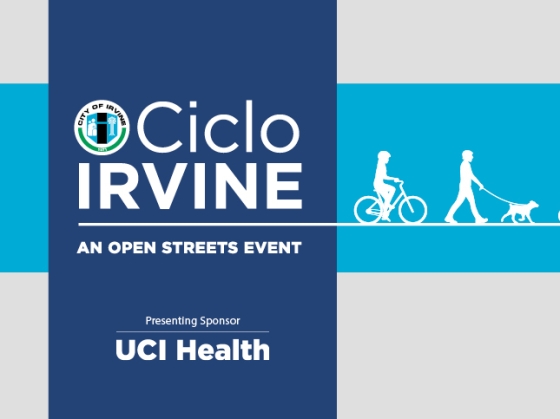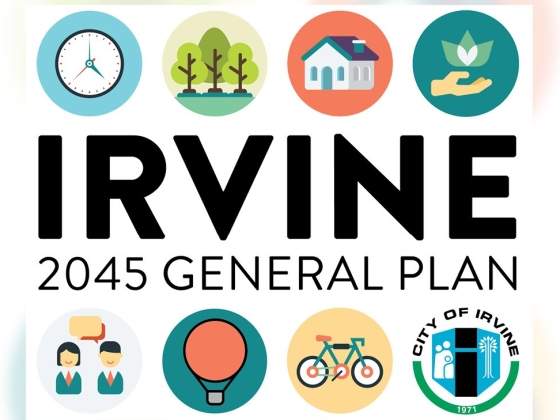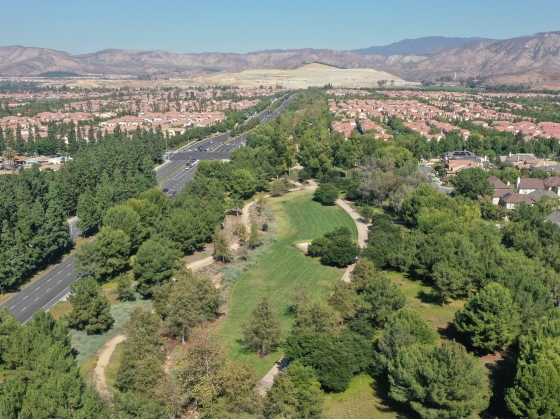Those in need of housing – from low-income residents to homeless citizens countywide – may fit into several categories that often are not described properly or at all. For example, the City of Irvine’s longstanding practice to prevent homelessness means that, of the categories below, the City Council’s long-term efforts have been to provide “permanent affordable housing.”
See the description for “permanent affordable housing,” below. The City of Irvine does not provide emergency shelter for the homeless population and there is no designated site in which to place a shelter. However, the other descriptions, below, may be of help in understanding multiple levels throughout Orange County:
- Permanent affordable housing: Permanent Affordable Housing is a longer-term solution for affordable housing and refers to all types of housing with lasting affordability covenants. These types include rental or homeownership units . Residents are often allowed to stay as long as they remain in the defined income bracket, which is based upon the area’s median income and adjusted for household size (1-8 members) and income levels (e.g., extremely low, very low, low or moderate income categories). Residents pay no more than 30% of their gross income towards rent. Permanent affordable housing serves lower wage earners, typically up to 80 percent of an area’s median income, but include individuals and families.
- Emergency Housing: Emergency housing is short-term accommodation for people who are homeless or in crisis. At an emergency housing facility, you can get basic necessities, such as a place to sleep, shower, do laundry, get clothing, and eat or get money for food. Emergency shelters are the most common example of emergency housing. Emergency Homeless Shelters both provide short term relief for the homeless & low-income. Usually there is a maximum stay of 3 months or less. Many of these shelters ask their clients to leave during the day. Meals and other supportive services are often offered. Most of the time, shelters offer their services free of charge. There may also be smaller religious or community-based organizations that provide emergency housing.
- Temporary supportive housing: Temporary (or short-term) supportive housing facilities are intended to provide temporary shelter to eligible individuals to prevent homelessness and allow an opportunity to develop an individualized housing plan to assist the client’s linkage to permanent housing. Supportive housing programs provide an alternative living arrangement for individuals who, because of age, disability, substance abuse, mental illness, chronic homelessness or other circumstances, are unable to live independently without care, supervision and/or support to help them in the activities of daily living; or who need access to case management, housing support, vocational, employment and other services to transition to independent living. Typically, a 60 day maximum stay with most clients consisting of homeless individuals. Bridge housing is a term that refers to longer-term, temporary supportive housing of up to 18 months for casework that requires more time.
- Permanent supportive housing: Similar to above (temporary supportive housing), except there are no limits on length of tenancy as long as terms and conditions of the lease or agreement are met.
- On-site services (and what those services would include, including van-transportation services): On-site services are dependent upon the type of facility. Some homeless shelters offer transportation services, meals, and possibly some medical care. Supportive housing facilities will include services such as medical assistance, behavioral health care, case management, and life skills training. Permanent affordable housing will include after-school program, and computer and financial planning classes.
- Mission-driven short-term special shelter: As an example, Human Options’ mission is battered women and their children.


